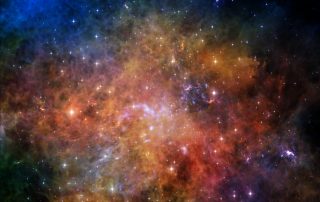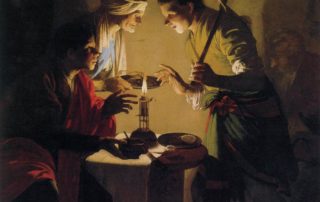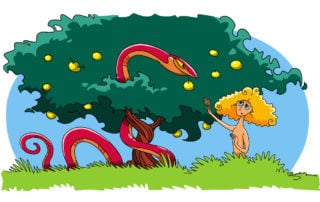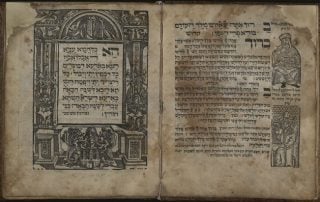Time and Space as Emergent Phenomena — Abstract
The current Torah portion Beshalach tells about the splitting of the Sea of Reeds. As I discussed in my essay, “Collapse and Revelation,” the splitting of the sea is a metaphor for the collapse of the wave function in quantum mechanics. The Alter Rebbe, the Baal HaTanya, taught us to leiben min hatzait (“to live with the time,” that is, to leave with the current reading of the Torah). Maybe this is why, this week, when we read in the Torah portion Beshalach about the splitting of the sea, I finally understood where time comes from. This question haunted me for more than forty years. Finally, this week, I got it—time emerges through the interaction of consciousness with the universal wave function, causing the sequence of wave function collapses that we perceive as [...]




